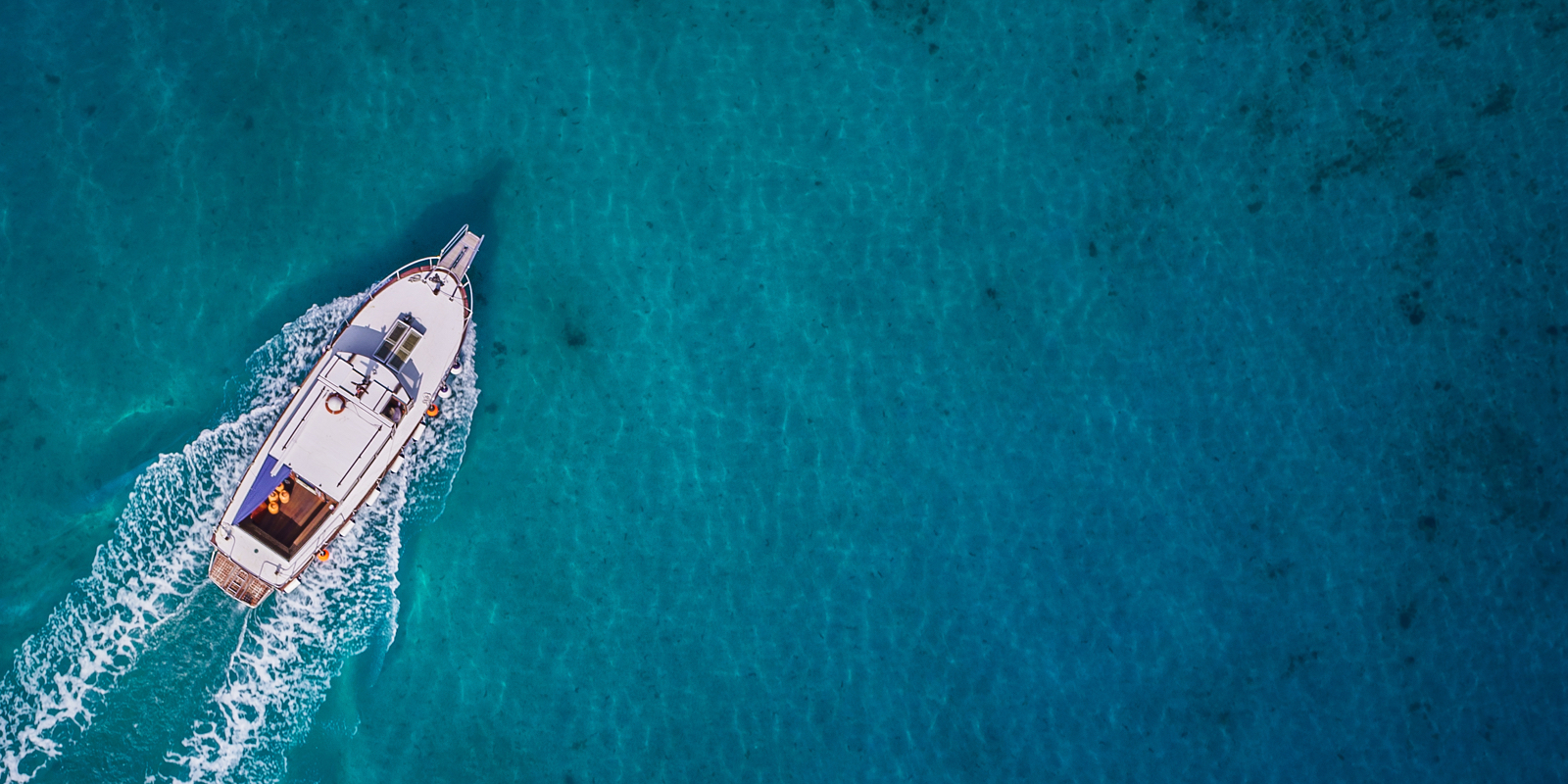PWC SAFETY
While safety is paramount in all boating activities, there are additional regulations that apply to PWCs.
Most states and territories require riders to have a PWC licence (in addition to a recreational boat operator’s licence) and you’ll also need to be up to speed with PWC restriction areas and environmental concerns.
Developing operational skills that promote safety and courtesy are imperative. Learning to use the throttle and steering properly, practising high-speed stopping and steering manoeuvres, and scanning the horizon constantly for other boats are some basic starting points.
The key is to be aware of others while on the water, as accidents can happen – and when they do, they happen very fast.
Given all that, enjoying time of the water with a PWC can be an exhilarating experience and great way to hit the water quickly while accessing both unique and popular spots on our waterways.


